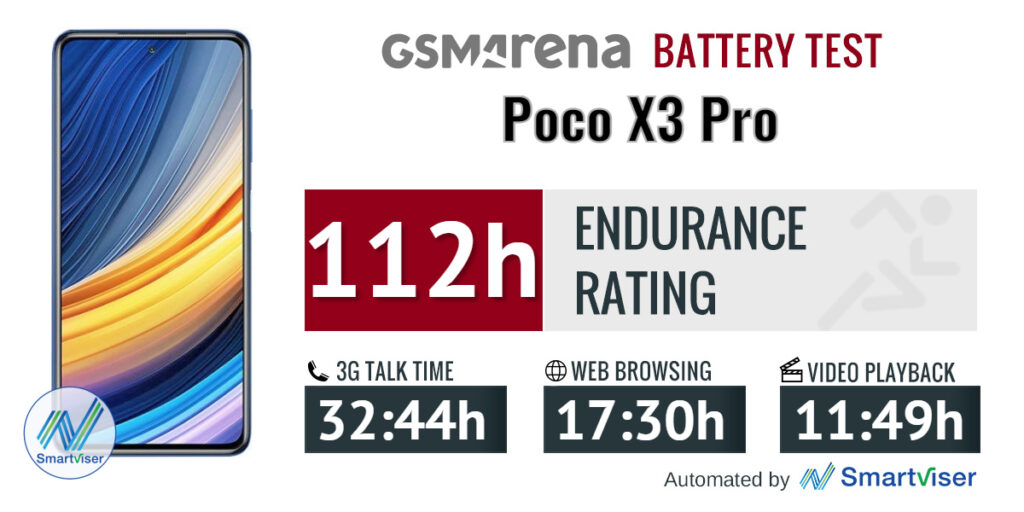Why Is Mobile-Friendly Web Design Important?
The variety of personal and consumer technology in just the past decade is staggering. There has been an exponential surge in both sophistication and processing power. Browsing the web on even the most advanced flip phones a decade ago was certainly impractical as the small screens, inadequate processing power, and lack of mobile support of web pages made the entire experience unwieldy. With the development of smartphones and tablets, mobile-friendly web content started to become more prevalent. You can even boost your site’s revenue simply by making your site  more accessible and tailored to mobile users.
more accessible and tailored to mobile users.
During the early years of smartphones and tablets, websites designed to accommodate the screen dimensions and size of a laptop or computer monitor simply weren't ideal for mobile devices that had entirely different technical specifications. Such a dilemma then led to the development of an entirely new field of web development with the intention of creating content designed to be mobile device-friendly and ultimately creating a better experience for mobile tech users. Below is a useful guide to the various techniques used in creating mobile-friendly websites:
Responsive Design
Responsive design involves altering the coding and Cascading Style Sheets (CSS) specifications of a website so its content appears differently on mobile devices. A website built on the principles of responsive design will have text and images enlarged to render them readable whilst the page design is adjusted to fit the navigational properties of a touch screen device.
Responsive design actually is not about creating a dedicated website to fit mobile device dimensional specifications. Rather, responsive design is focused on creating one-size-fits-all web content that automatically adjusts based on the device that is viewing the content.
Adaptive Design
It’s easy to confuse responsive design and adaptive design because they operate on similar principles such as creating the optimal viewing experience for web content on mobile devices. The difference is that adaptive design loads pre-established layouts once it detects the screen dimensions of a mobile device. Instead of the one-size-fits-all approach of responsive design, adaptive design is about creating multiple CSS specifications with each designed to fit a specific aspect ratio on specific mobile devices.
Adaptive designs are less universal since they’re coded to fit certain dimensions. If a new smartphone or tablet is released with never-before-seen screen dimensions, then adaptive designers need to add new coding specifications to their web content to make it accessible to such devices.
You could be asking “Why even bother with adaptive design if it’s not truly universal. Indeed, responsive design is more popular but the adaptive design has its own perks. For some web content, the ‘rigidness’ of adaptive designs allows web content creators to preserve the intended viewing experience. A responsively designed website will fit any screen, but does that guarantee that what’s been adjusted on your screen is how it’s meant to be viewed?
Both types of designs are meant to create an optimal viewing and browsing experience, but adaptive design actually caters to the perspective of the web developer whilst responsive design caters to the perspective of the user.
So Which Design Strategy Should You Choose?
Nowadays, from reputable corporate websites to even first-time bloggers, creating mobile-friendly websites is unavoidable to an extent that it’s considered to be one of the de facto standards in website creation. Your chosen design process entirely depends on what perspective you’ve taken into consideration.
Responsive web designs are more friendly for users whilst adaptive designs are ideal for web developers in creating for their desired arrangement without having to worry about the coding specifications of responsive web designs in destroying the intended dimensions of the website. Ultimately, the design method you choose depends on your intended user-audience and the strategy you want to use in order to accomplish your goals.








